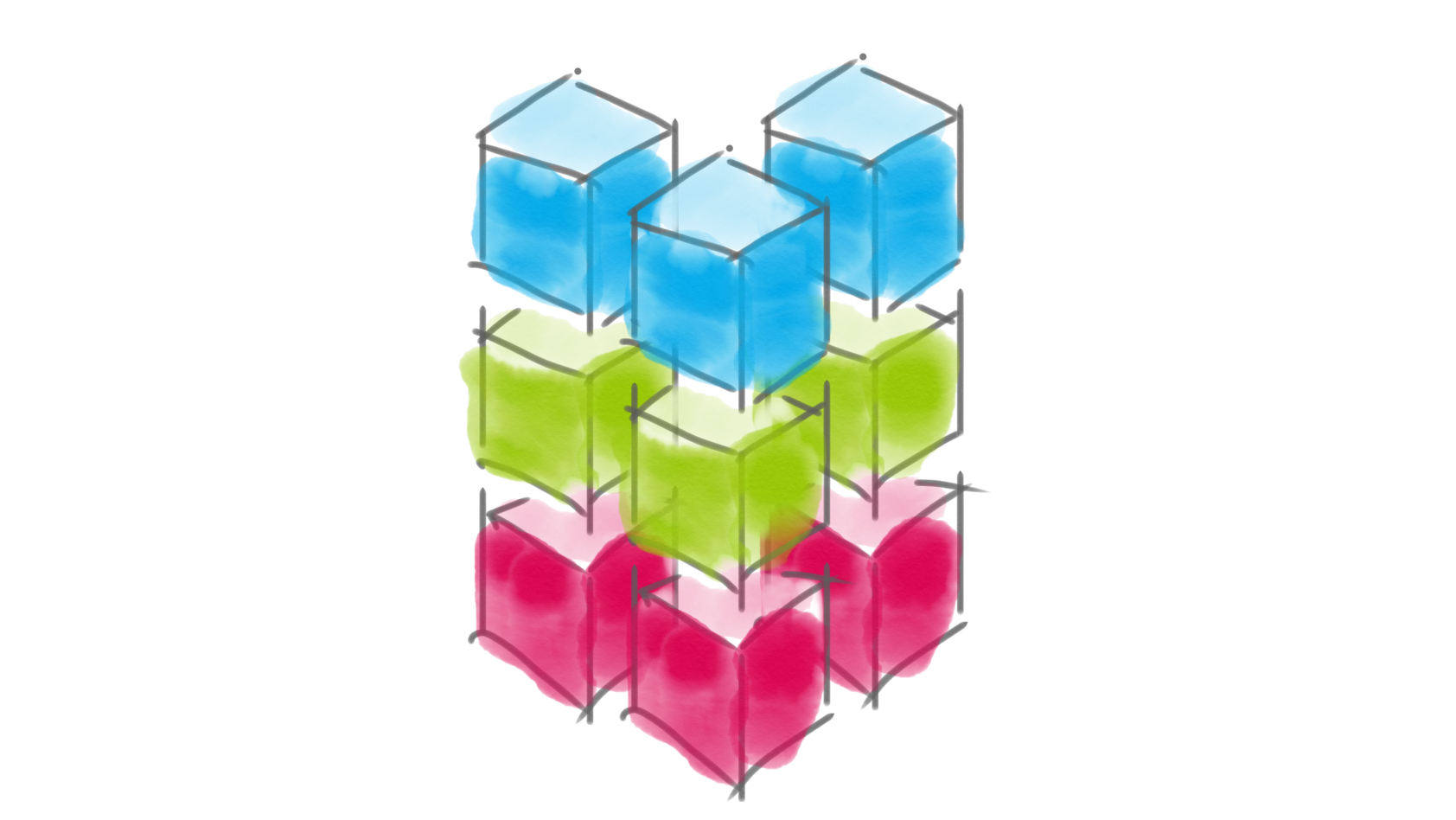
6 Things to Consider for Microservice Migration
For my master’s thesis I conducted interviews with industry experts in the field of microservice migration. As a result a guidance is provided by thoroughly analyzing the given migration scenarios. It turned out be a crucial point to understand why organizations seek for microservices.

